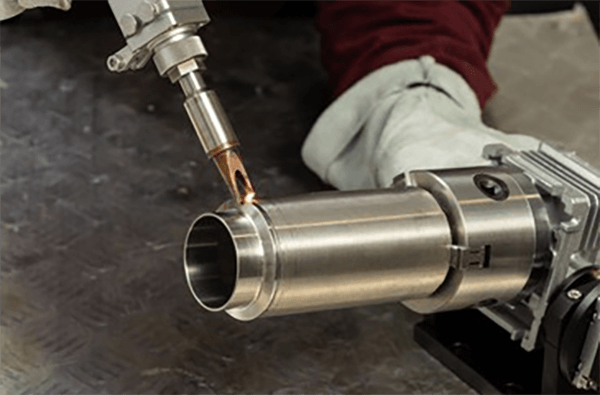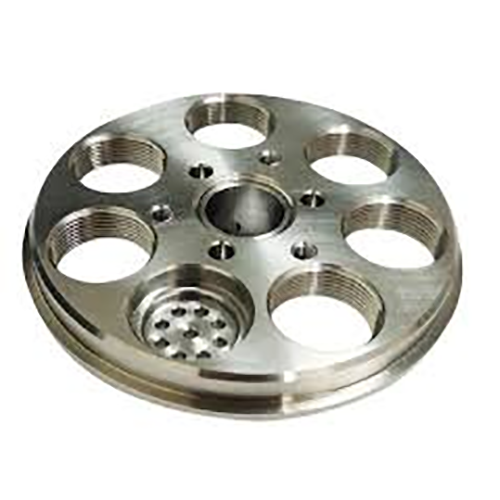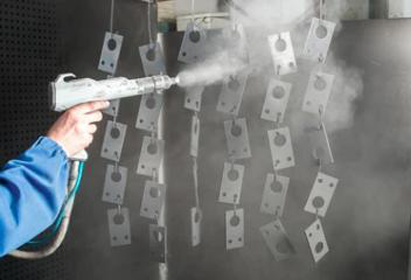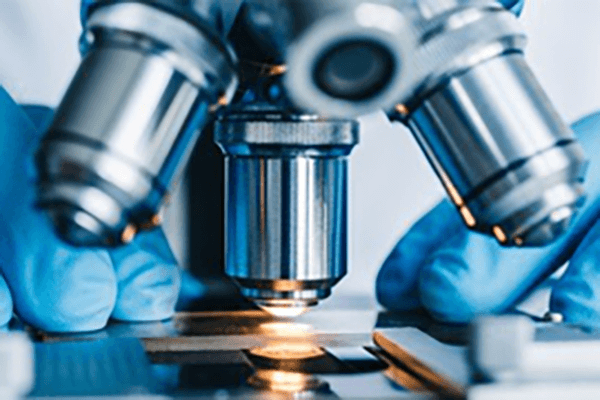
Obtaining designated surface condition on a machined article becomes necessary.
- Surface finish callouts in engineering drawings provide the exact specifications for the finish of a part
- Callouts frequently reference metrics such as Ra (average roughness) for roughness quantification
- Decoding surface notes is important for ensuring components achieve required performance
- A well-defined surface finish can impact factors such as lubrication, friction, and durability
- Understanding the notation correctly yields the desired surface result
CNC Machining: A Definition of Precision

Numerical control machining stands as an advanced production approach through G-code driven routines the hardware sculpts intricate parts accurately.
- This process enables the creation of high-quality parts from a wide range of materials
- The versatility of CNC machining makes it ideal for aerospace, automotive, medical, and electronics
- G-code driven machining maintains reliable consistency across batches
Across prototyping through full-scale production CNC machining serves as a cornerstone in contemporary manufacturing
Understanding CNC Machine Specifications
Understanding equipment specifications can look intimidating initially
Yet armed with basic knowledge and methodical steps you can manage technical specifications
Initiate by spotting principal specs like spindle speed, feed rate, positional accuracy, travel limits, controller
Each metric impacts the machine’s aggregate capability.
To illustrate, faster spindle rotation fits soft materials and quicker feed improves production rates.
Seeing these associations aids in selecting the correct machine for your use
Make sure to read supplier manuals attentively.
Provided manuals commonly contain clarifying information and define jargon
What You Should Know About CNC Machines
Computer numerical control machines denote software-driven tools for precise automated fabrication of many substances They read numerical control code to orchestrate cutter motion and axis control.
- Some types of CNC machines include milling machines lathes routers and plasma cutters
- Machining operations fit metal, plastic, wood, and composite workpieces
- Also CNC equipment offers quick turn prototyping and low-volume runs for innovators and labs
Understanding CNC Machinery
They embody an integration of hardware accuracy and advanced software regulation Versatile machinery employs programmed code to autonomously produce simple parts and complex assemblies Primary notion maps digital geometry to tangible fabricated pieces.
- Software-driven machining
- Software-guided fabrication
This process involves a series of precise movements guided by the computer program Operators play a crucial role in selecting the appropriate cutting parameters monitoring the operation and ensuring the quality of the final product.
Influence of Finish on CNC Operations
Securing intended finish on parts is imperative It impacts both functional performance and surface look Material selection, cutting strategy, and finishing steps all influence final texture.
High-quality surfaces strengthen durability while rough textures may reduce efficacy Machine-controlled fabrication offers many methods and cutters to achieve set surface qualities.
- Consider using alternative cutting shapes |carbide alloys|tool speed tuning to deliver finish
- Additionally finishing processes including polishing and grinding refine texture
Appreciating the link between settings and surface quality helps achieve ideal finishes.
CNC Machine Basics: From Operation to Applications
Programmed machining provides accurate part shaping across multiple material types They execute coded toolpaths to create intricate parts repeatedly Basic knowledge of machine operation, G-code, and tooling selection plays a vital role in success
CNC applications stretch across aerospace, automotive, medical device, and electronics industries From turbine components to precision mold cores, CNC supports manufacture of complex parts
How to Specify Surface Finish for CNC Parts
Correctly specifying finish is vital for CNC-produced components It makes sure the product satisfies function and aesthetic demands Engineers generally specify surface quality using the Ra roughness notation Given in microns or thousandths of an inch, the figure measures average surface peaks and valleys.
Account for desired texture and the component’s purpose when selecting finish

For instance a smooth surface finish might be preferred for parts that require tight tolerances or precise alignment
Textured surfaces may be selected to improve grip or frictional engagement
Include unambiguous roughness values in drawings to specify finish demands Record Ra alongside additional machining recommendations or surface treatments.
Bear in mind accurate finish callouts drive better manufacturing results
Classification of CNC Machines and Uses
The CNC ecosystem includes a broad selection of machines for multiple task categories They depend on CAD/CAM instruction to operate cutting tools for efficient part fabrication.
- Turning centers form shafts rods and cylindrical forms by cutting along axes
- Turning machines rotate stock to create symmetrical components efficiently
- Laser cutters harness concentrated energy beams to slice through materials with exceptional accuracy and minimal heat distortion
Pick machines based on material compatibility, feature detail, and dimensional demands Every machine class brings specific strengths that serve sectors like aerospace and automotive.
Attaining Superior Surface Quality via CNC
Attaining top-quality surfaces is critical in fabrication and CNC techniques facilitate that achievement Through careful tuning of feeds speeds and tool profiles operators manage chip formation and surface generation Coupled with high-quality tools and correct fluid use, finish quality is elevated Well-chosen cutting tactics plus careful setup empower manufacture of parts with exceptional surfaces.
Realizing Finish through CNC Code
Mastering surface finish during CNC programming is crucial for achieving desired quality outcomes Feed selection spindle rpm and cutter geometry collectively determine texture outcomes Precise setting selection and effective coolant control support high-quality finishes.
- Moreover scheduled tool maintenance and inspection preserve surface performance Continuous tool maintenance and oversight preserve high finish consistency Additionally routine tool checks and upkeep maintain consistent finish quality
- To enhance finish consider workpiece material, roughness targets and use case
- Employing simulation software can help visualize and fine-tune cutting parameters before machining reducing the risk of surface defects
- Moreover scheduled tool maintenance and inspection preserve surface performance
